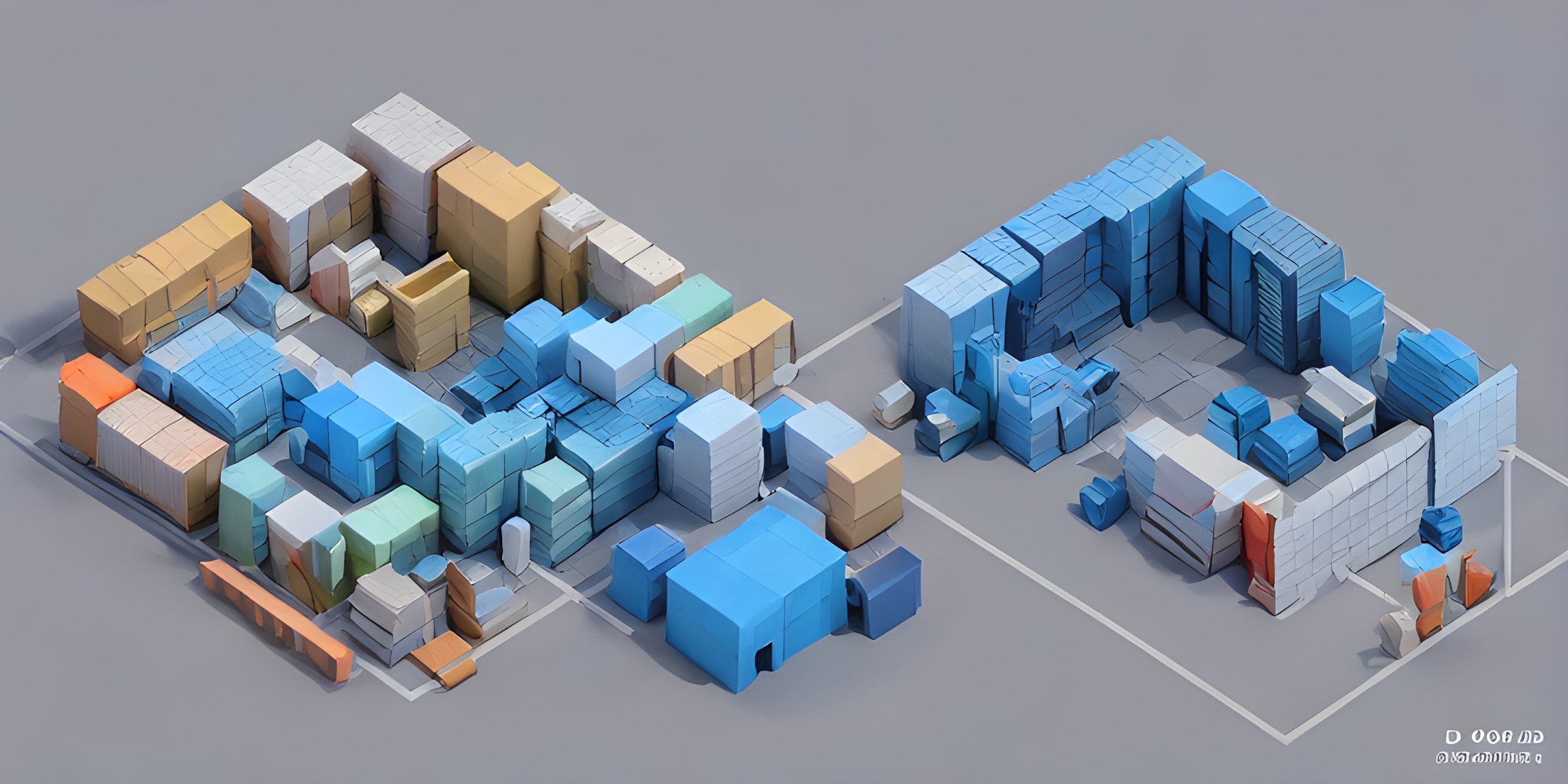Introduction
Real-Time Indoor Tracking (RTLS) has become increasingly important in various industries, including healthcare, manufacturing, warehousing, and logistics. With the advancement of technology, businesses can now track and monitor assets, personnel, and equipment within indoor environments with high precision and accuracy. Samsung rugged devices, specifically designed to withstand challenging conditions, offer robust solutions for real-time indoor tracking. This essay explores the significance of real-time indoor tracking with Samsung rugged devices and its applications across different industries.
- Enhanced Asset Visibility and Management
Real-time indoor tracking with Samsung rugged devices enables businesses to have complete visibility and control over their assets within indoor environments. By utilizing technologies such as Bluetooth Low Energy (BLE) beacons and Wi-Fi positioning systems, businesses can track the location, movement, and status of assets in real-time. This level of asset visibility allows for efficient resource allocation, prevents loss or theft, and optimizes asset utilization, ultimately improving operational efficiency and reducing costs.
- Streamlined Inventory and Warehouse Management
In warehouse and inventory management, real-time indoor tracking plays a pivotal role in streamlining operations. Samsung rugged devices equipped with RTLS capabilities provide accurate and up-to-date information on inventory levels, stock movements, and asset locations. This enables businesses to optimize stock replenishment, reduce manual errors, and minimize stockouts or overstocking. Real-time tracking also allows for efficient warehouse layout planning, as businesses can identify areas of congestion or inefficiency and make necessary adjustments to improve workflow and productivity.
- Improved Safety and Security Measures
Real-time indoor tracking with Samsung rugged devices enhances safety and security measures in various industries. By monitoring the movement and location of personnel and equipment, businesses can ensure the safety of employees in potentially hazardous environments. In emergency situations, real-time tracking enables swift and targeted response, facilitating evacuation or rescue operations. Additionally, the ability to track valuable equipment and assets reduces the risk of theft or unauthorized access, enhancing overall security and asset protection.
- Optimized Workflow and Resource Allocation
With real-time indoor tracking, businesses can optimize workflow and resource allocation to enhance productivity. Samsung rugged devices provide accurate location data, allowing businesses to identify bottlenecks, streamline processes, and allocate resources efficiently. By analyzing real-time data, businesses can make informed decisions regarding personnel deployment, equipment usage, and task assignment, resulting in improved operational efficiency and reduced downtime.
- Enhanced Patient Care in Healthcare Settings
Real-time indoor tracking is particularly valuable in healthcare settings, where the timely movement and availability of equipment and personnel are critical for patient care. Samsung rugged devices with RTLS capabilities enable healthcare providers to track the location of medical equipment, such as infusion pumps or mobile carts, ensuring they are readily available when needed. This reduces delays in patient care, improves workflow efficiency, and enhances overall patient satisfaction.
- Increased Productivity in Manufacturing Environments
In manufacturing environments, real-time indoor tracking enables businesses to monitor the movement of materials, components, and tools. Samsung rugged devices equipped with RTLS technologies allow for seamless tracking and tracing of items throughout the production process, minimizing errors and delays. By ensuring the availability of materials and tools in real-time, manufacturers can optimize production schedules, reduce downtime, and increase overall productivity.
Conclusion
Real-Time Indoor Tracking (RTLS) with Samsung rugged devices offers numerous benefits across industries. From enhancing asset visibility and streamlining inventory management to improving safety measures and optimizing workflow, real-time indoor tracking provides businesses with valuable insights and data for informed decision-making. With Samsung rugged devices’ durability and reliability, businesses can leverage RTLS technologies to achieve operational excellence, reduce costs, and enhance customer satisfaction. As the demand for real-time indoor tracking continues to grow, Samsung rugged devices stand at the forefront of enabling businesses to navigate and thrive in dynamic indoor environments.



